Best Forex Trading Course
As per the name, this program is designed to make you Master in Commodity & Currency Trading. The objective of this program is to make you excel in Commodity Market. This will teach you Commodity selection as per your requirement, Trade Management, Technical Analysis & Strategies. You will be prepared to navigate the Commodity & Currency Market confidently, capitalize on profitable trading opportunities, and achieve consistent trading success.
Key Learning Objectives
- Objective of this Course is to Make You Expert in Commodity Market.
- How to Trade in Currency Market
- Forex Market
- Learn Technical Analysis to Identify right Entry & Exit.
- Learn best Indicators & their combination.
- Learn fundamentals of Commodity Market.
- Important Data to be analyzed in Commodity & Currency Market
- Price Action Trading & its importance.
- Throughout the course, we focus on hands-on learning and real-world application across all modules. This helps to create a deep understanding and practical skill development.
- The curriculum contains Advanced Technical Strategies to be used for Commodity Market.
Key Features:
- Learn Best Trading Strategy with Specially Indicator Combinations.
- Hands-On Learning: Practical sessions and case studies enhance understanding.
- Fundamental & Technical Strategies for Commodity & Currency market.
- Learn Best Strategy of Demand & Supply to be used in Commodity Market.
- ProfitMax Indicator access to Identify right Entry & Exit.
Forex Trading Classes in Pune Program Outcome:
By the end of our program, you will be Expert in Commodity & Currency Market. You will be able to Identify right Entry & Exit Levels for Trading. You will gain the skills and confidence needed to execute trades using different Trading Strategies.
- BASIC OF SHARE MARKET + Practical
- VARDAN STRATEGY for INTRADAY TRADING + Practical
- CURRENCY, COMMODITY & FOREX + Practical
Fundamental analysis and technical analysis is the pillars of Commodity & Currency market. It is an essential tool for investors and traders to make informed decisions, manage risks, to analyze market movements, identify patterns, and make informed decisions and build a successful investment strategy.
- Introduction to Share Market:
- Overview of the stock market, its functions, and its role in the financial ecosystem.
- Regulatory System of Share Market:
- Understanding the share market's regulatory bodies and systems to ensure a fair and transparent trading environment.
- IPO (Initial Public Offering):
- Explanation of IPOs, the process by which companies go public, and how investors can participate.
- How to Select a Company for IPO:
- Criteria and considerations for choosing companies when participating in an IPO.
- Important Things to Check Before Applying for IPO:
- Key factors and due diligence steps to take before applying for an IPO.
- Important Tools for IPO Selection and Fundamental Analysis:
- Overview of essential tools and methods used in analyzing companies and IPOs.
- Introduction of Technical Analysis:
- Overview of analyzing stock market data, focusing on historical price and volume patterns.
- Long Position:
- Explanation of taking a long position, where an investor expects an asset's price to rise.
- Short Position:
- Understanding a short position, where an investor bets on declining an asset's price.
- Elements of Trading:
- Insight into essential elements such as entry and exit points, stop-loss, and take-profit orders.
- Risk Management:
- Strategies to manage risks effectively, including position sizing and setting risk-reward ratios.
- Types of Charts:
- Explanation of different chart types, including line charts, bar charts, and candlestick charts.
- Types of Trends:
- Identification of trends—uptrends, downtrends, and sideways trends—essential for decision-making.
- Types of Candles:
- Understanding various candlestick patterns and their significance in price movements.
- Bullish Patterns (Two/Three Candlestick):
- Recognition and interpretation of bullish candlestick patterns for predicting potential price rises.
- Bearish Patterns (Two/Three Candlestick):
- Identification and analysis of bearish candlestick patterns indicating potential price declines.
- Support and Resistance:
- Understanding key levels where the price often stalls or reverses—critical for market analysis.
- Moving Support and Resistance:
- Analyzing dynamic support and resistance levels using moving averages, reflecting evolving market trends.
This module focuses on advanced Demand and Supply strategies, incorporating price action, multi-time frame analysis, and other tools to enhance trading precision.
1. Why Price Action?
- Understanding the significance of price action in analyzing market movements.
2. Benefits of Demand and Supply:
- Exploring the advantages of using Demand and Supply strategies in trading.
3. Identification of Zone:
- Techniques for identifying zones critical for Demand and Supply analysis.
4. What is Demand?
- Understanding the concept of demand in the context of market dynamics.
5. What is Supply?
- Understanding the concept of supply in the context of market dynamics.
6. Zone Booster:
- Strategies to enhance trading decisions using the concept of zone boosting.
7. Identification of Quality Zone:
- Recognizing high-quality demand and supply zones for effective trading.
8. Risk to Reward Ratio:
- Understanding and applying risk-to-reward ratios for balanced trading decisions.
9. Advance Price Action:
- Delving into advanced techniques in price action analysis.
10. Multi Time Frame Analysis (HTF, ITF, LTF, RTF):
- Analysing market trends and zones across multiple time frames.
11. Curve Analysis:
- Techniques for curve analysis to predict potential market movements.
12. Support and Resistance:
- Utilizing support and resistance levels within the Demand and Supply strategy.
13. High Probability Zone Identification:
- Strategies for identifying high-probability zones for trading.
14. Gap Study:
- Understanding and incorporating gap analysis into Demand and Supply strategies.
15. Show Some Zones and Examples of D & S:
- Practical demonstrations and examples illustrating the application of Demand and Supply strategies.
This module covers both currency and commodity trading, providing comprehensive insights into the forex market and strategies for effective trading practice in various commodities.
1. Introduction to Currency Market:
- Overview of the currency market, its structure, and participants.
2. Types of Currency:
- Understanding different types of currencies in the global market.
3. Currency Pairs:
- Explanation of currency pairs and how they are quoted in the foreign exchange market.
4. Non-Agri Commodities (Crude Oil, Gold, Silver, NG, Copper):
- Introduction to non-agricultural commodities and their significance in trading.
5. Commodity Trading Strategy:
- Strategies for effective trading in commodities like crude oil, gold, silver, natural gas, and copper.
6. Introduction to Forex Market:
- Overview of the forex market, its decentralized nature, and its role in the global financial system.
7. Factors Affecting the Forex Market:
- Understanding the various factors influencing currency exchange rates.
8. What is a Pair:
- Definition and explanation of currency pairs in the forex market.
9. Types of Pairs:
- Differentiating between major, minor, and exotic currency pairs.
10. How Forex Trade Works:
- Explanation of the mechanics of forex trading, including buying and selling.
11. Positions for Trading:
- Different types of trading positions—long and short—in the forex market.
12. Important Terminology:
- Key terms used in forex trading and their meanings.
13. Spread:
- Understanding the spread as a fundamental concept in forex trading.
14. Margin / Leverage:
- Exploring the concepts of margin and leverage in forex trading.
15. Lot and Lot Size:
- Explanation of lots and lot sizes in the context of forex trading.
16. What is Pip / Tick:
- Definition and significance of pips/ticks in measuring price movements.
17. Trading Hours for Forex:
- Understanding the active trading hours for different forex markets.
18. Advantages of Forex Market:
- Highlighting the benefits and advantages of participating in the forex market.
19. Risk Involved:
- Assessing and managing the risks associated with forex trading.
- 6-Month Unlimited Repeat Facility
- 1 Month of Demand and Supply Zone Indicator Access
- 1-year of Portal access
- One-on-one solving sessions with trainers
- Lifetime support in your financial journey
- Support for your NISM Certification Exam
- Profitmax Academy Certificate
- Certification from BSE.
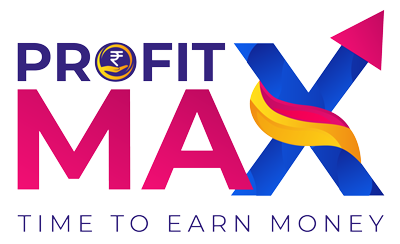


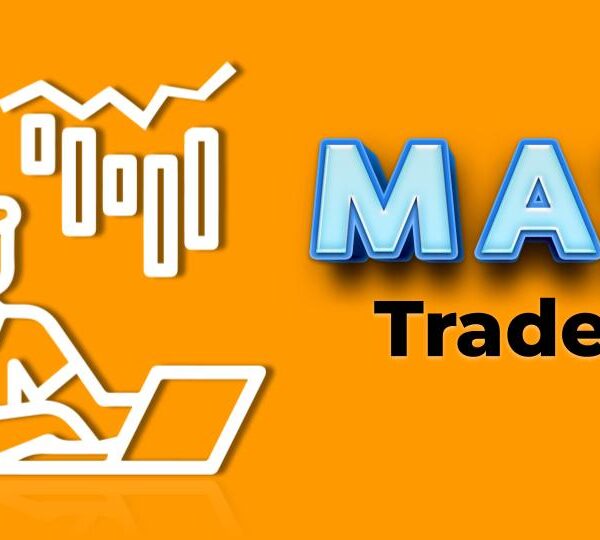
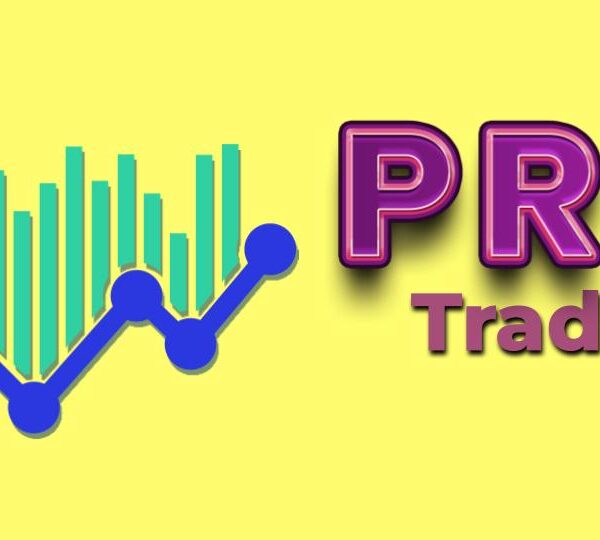



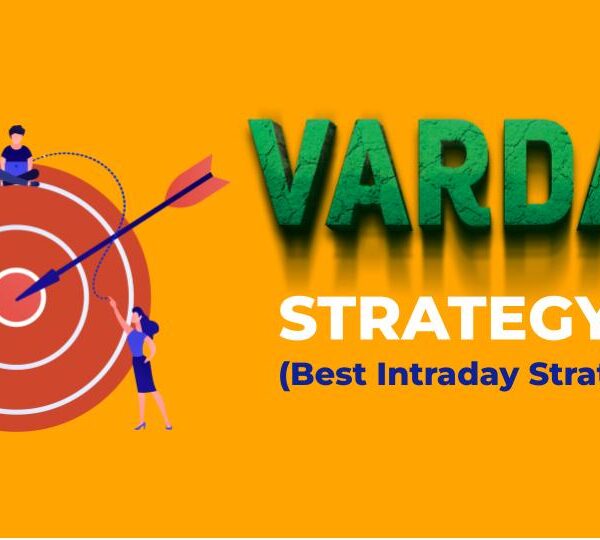

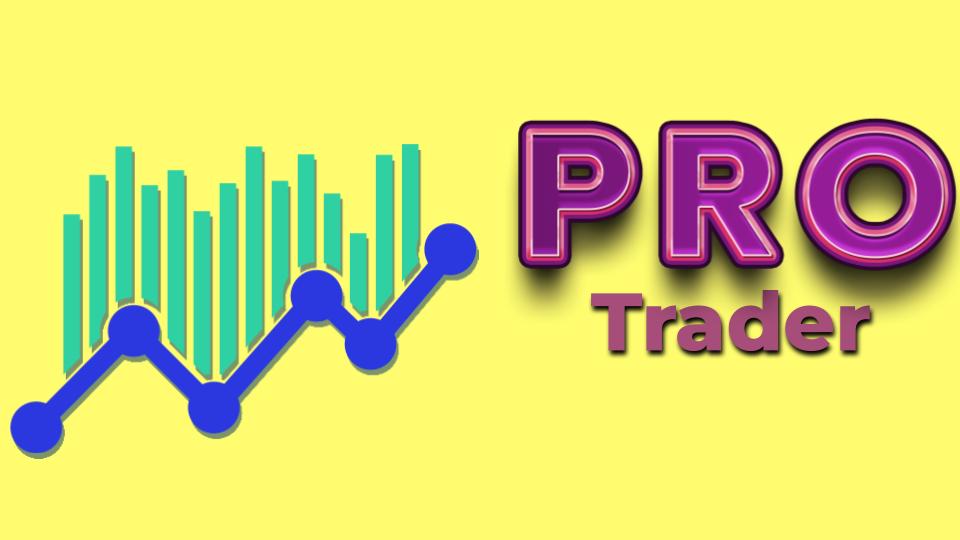
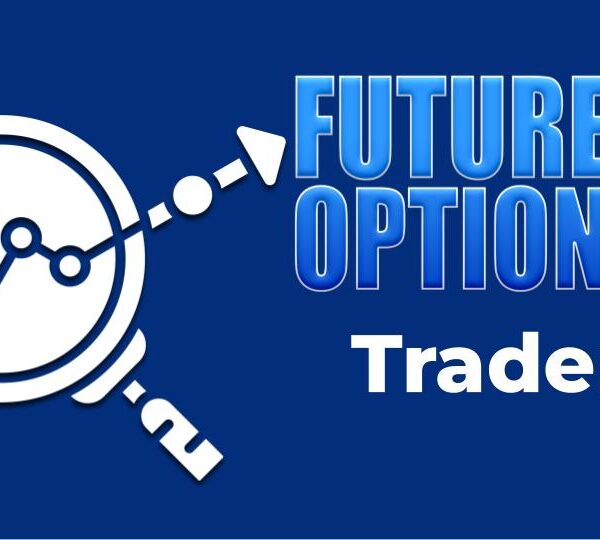
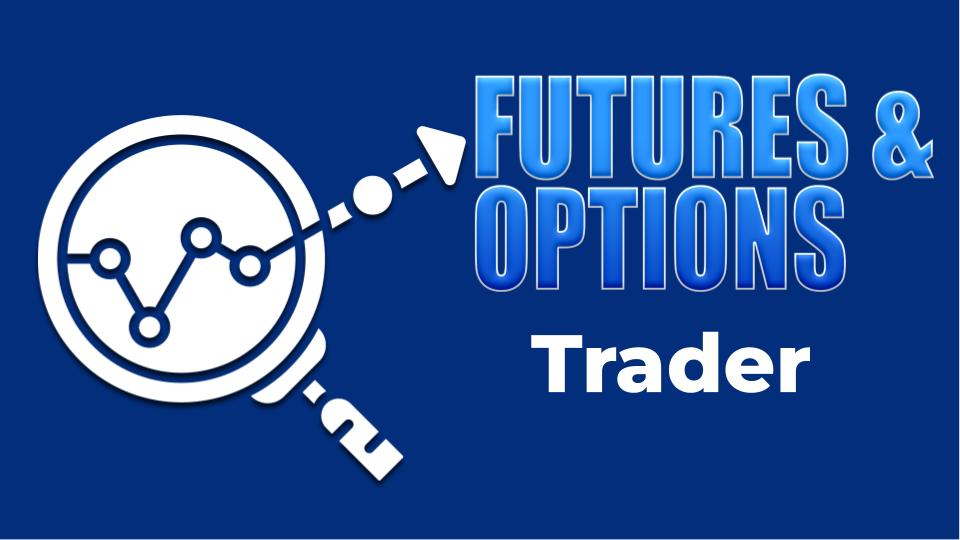
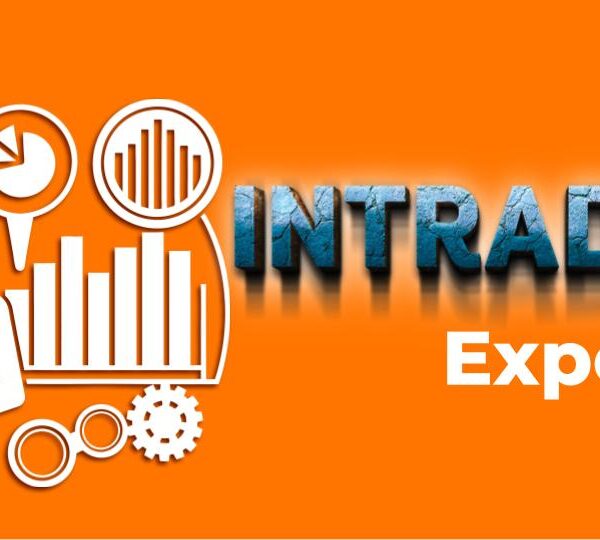



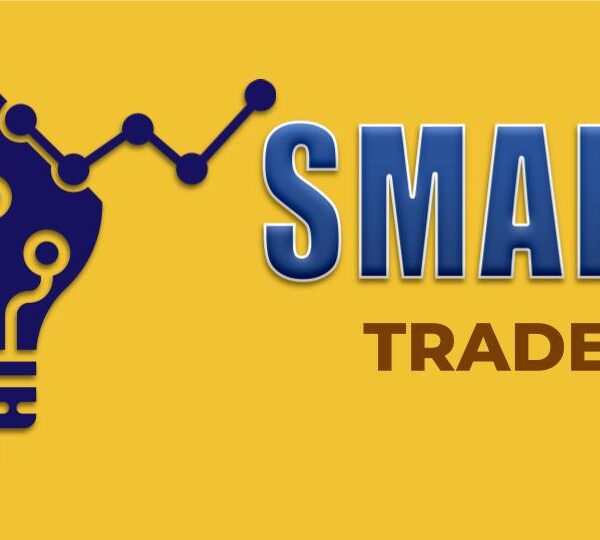
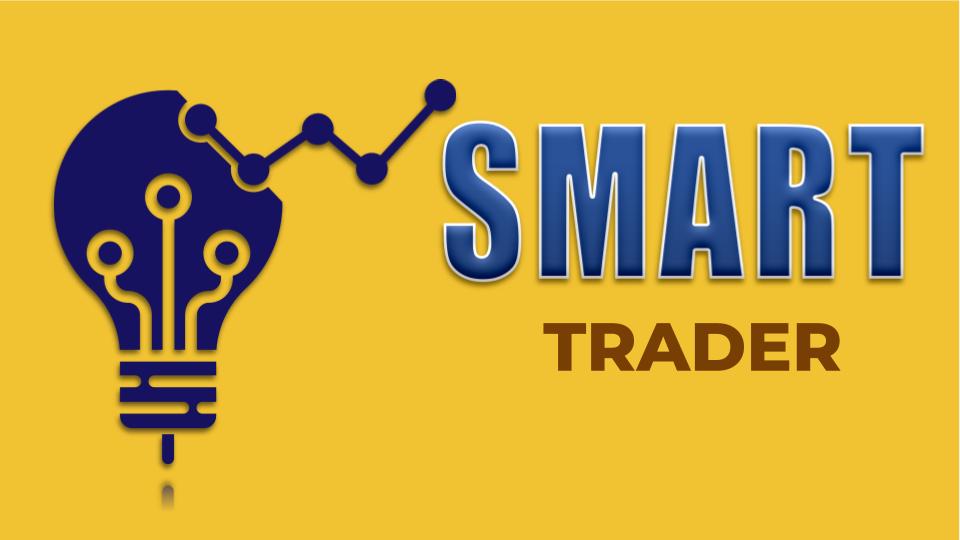

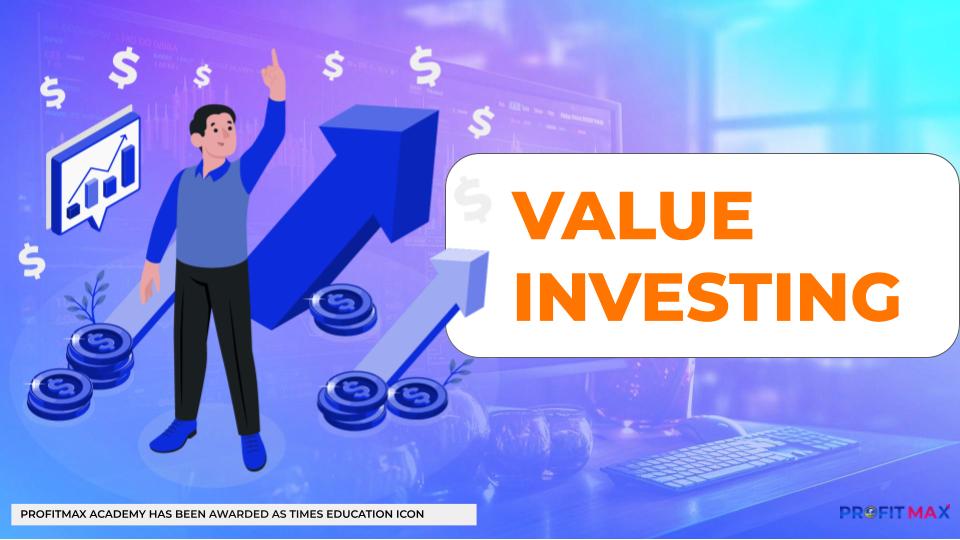




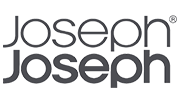



Reviews
There are no reviews yet.